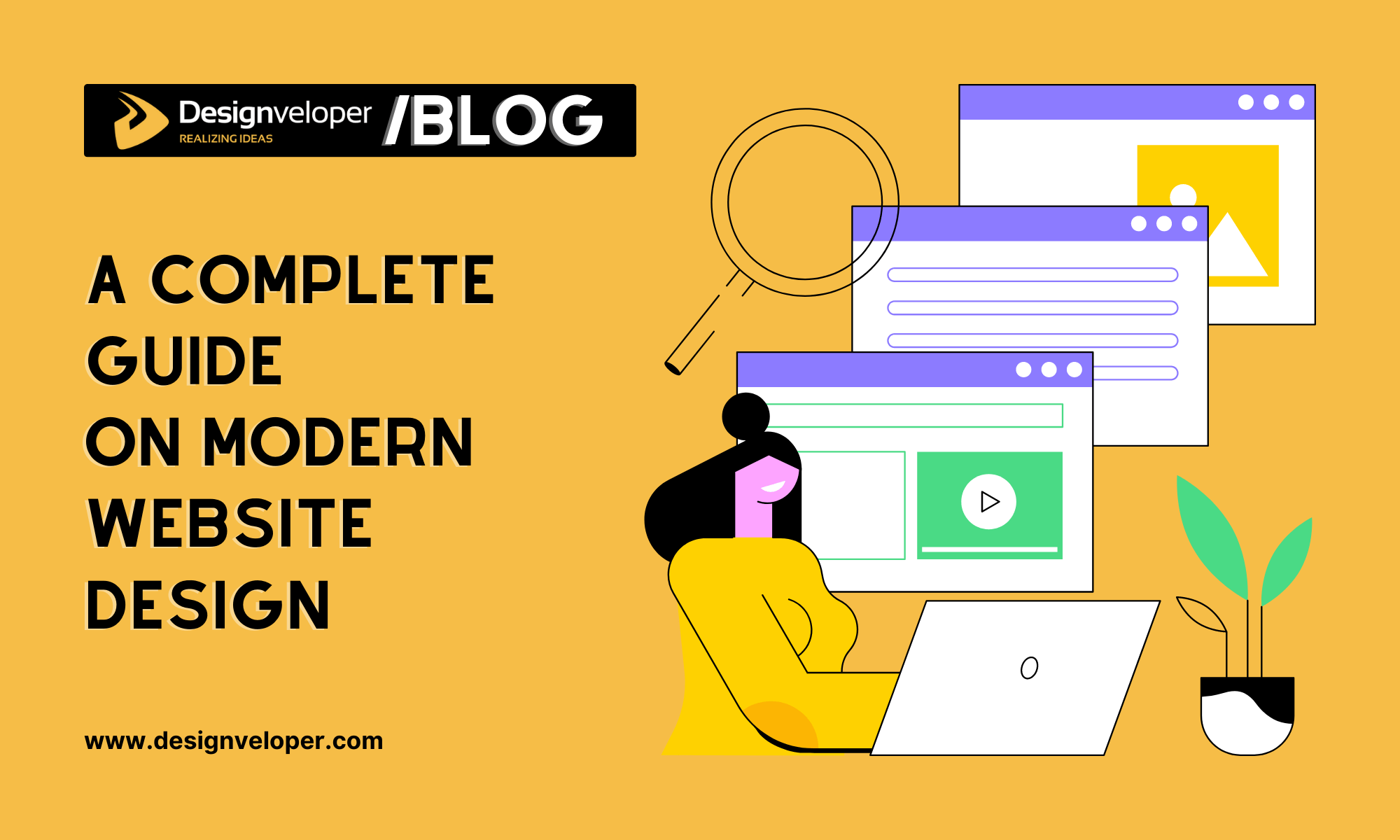Optimized Website Design Solutions for Enhanced Experience
Optimized Website Design Solutions for Enhanced Experience
Blog Article
Top Tips for Producing an Impactful Internet Site Design That Converts
To achieve this, one have to take into consideration a selection of variables, consisting of comprehending the target audience, focusing on customer experience, and maximizing for mobile platforms. The tactical usage of engaging call-to-actions and a well-defined aesthetic power structure plays an important role in guiding customers with their trip.

Understand Your Target Target Market
Comprehending your target audience is basic to efficient site design, as it prepares for producing an engaging customer experience. Determining who your customers are, including their demographics, preferences, and behaviors, allows designers to customize the site's web content, design, and functionality to satisfy particular demands.
Carrying out detailed marketing research is crucial in this procedure. Surveys, interviews, and analytics can give useful understandings into customer expectations and discomfort factors. By compiling this information, designers can produce customer personalities that stand for different sections of the target market, making sure that layout decisions are educated and relevant.
Moreover, recognizing the target audience assists in picking suitable style components such as color plans, typography, and images that resonate with individuals. A web site that talks directly to its audience promotes a feeling of link and trust, motivating longer brows through and higher conversion rates.
Inevitably, a user-centered approach to web site layout not just enhances user contentment but also supports service purposes by driving engagement and loyalty. By prioritizing the requirements and choices of the target market, a website can successfully offer its objective and attain wanted outcomes.
Prioritize Individual Experience
To boost the total performance of an internet site, focusing on user experience (UX) is important (Website Design). A properly designed UX makes sure that site visitors can browse the website effortlessly, discover info swiftly, and involve with content meaningfully. This causes boosted customer contentment and greater conversion prices
Begin by applying instinctive navigating. Menus must be rationally structured, enabling individuals to find essential areas of the site with minimal effort. Consistency in style aspects, such as shade plans and typefaces, promotes familiarity, which is important for keeping user involvement.
In addition, consider the packing rate of your web site. A delay of just a few seconds can lead to substantial drop-offs, as users are much less most likely to wait for a slow-loading web page. Enhancing images and maximizing code can improve performance and maintain visitors.
By focusing on customer experience, you not only create a much more satisfying setting for site visitors but also enhance your brand's integrity. Inevitably, a focus on UX is an investment in the long-term success of your site.
Enhance for Mobile Instruments
Maximizing for mobile devices is essential in today's digital landscape, where an enhancing number of individuals gain access to web sites with mobile phones and tablet computers. A mobile-friendly style not just improves individual experience however likewise plays a considerable role in improving online search engine rankings. blog To achieve this, it is important to adopt a responsive design that automatically adapts to numerous display dimensions and positionings.

Packing speed is an additional important aspect; mobile individuals are generally much less individual and expect rapid access to information. Maximize pictures and leverage internet browser caching to enhance performance. Ultimately, test your internet site on several devices and display resolutions to determine and fix any type of potential use problems. By focusing on mobile optimization, you guarantee that your internet site remains affordable and effectively involves a broader audience.
Use Engaging Call-to-Actions
A website's effectiveness commonly pivots on its ability to direct site visitors towards wanted actions, making compelling call-to-actions (CTAs) necessary parts of design. CTAs serve as the essential factors that route users to engage with the site, whether that implies buying, authorizing up for an e-newsletter, or downloading and install a resource.
To create effective CTAs, clearness is vital. Usage succinct language that plainly connects the activity you desire the customer to take. Expressions such as "Begin," "Subscribe Free," or "Store Now" not just share necessity yet also eliminate ambiguity. The placement of CTAs is equally crucial; they must be purposefully placed throughout the webpage to guarantee they are conveniently noticeable, specifically in high-traffic locations.
Furthermore, consider making use of directional hints, such as arrows or photos, to direct customers towards these buttons. By concentrating on these elements, organizations can substantially enhance customer interaction, driving conversions and ultimately accomplishing their website's objectives.
Concentrate On Visual Power Structure
Effective internet navigate to this website site design counts heavily on additional info a well-structured aesthetic hierarchy that overviews users with web content effortlessly. By arranging elements in a fashion that prioritizes info, developers can enhance individual experience and facilitate decision-making. This includes utilizing size, color, contrast, and spacing strategically to attract attention to one of the most crucial parts of a webpage.
Making use of bigger font styles for headings and subheadings develops a clear difference in between various areas, allowing individuals to check content effortlessly. In addition, employing contrasting colors for switches and calls-to-action can record user interest and motivate communication. Whitespace is another vital part; it prevents clutter and enables individuals to concentrate on vital messages without distractions.
Images and graphics must enhance the text while also adhering to the recognized pecking order, enhancing the total message (Website Design). Uniformity in layout components, such as shade schemes and typography, further strengthens the visual hierarchy, making navigation intuitive
%20%5B60%25%5D.jpg)
Final Thought
To conclude, efficient web site style requires an extensive understanding of the target audience, prioritization of user experience, and mobile optimization. The strategic use of engaging call-to-actions and a distinct aesthetic pecking order even more enhances user involvement. By applying these concepts, sites can achieve greater conversion prices, making sure that style elements not just attract site visitors however also facilitate smooth navigating and interaction. Inevitably, a well-executed internet site style serves as a crucial part in driving individual actions and attaining service goals.
Report this page